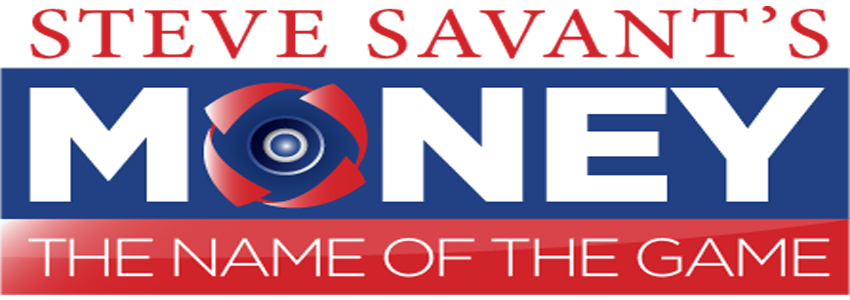 Mesa 4/9/2019 10:00:00 AM
Mesa 4/9/2019 10:00:00 AM
News / Finance
Determining Financial Product Costs
There are Required Cost Disclosures and Other Costs Hidden

Financial products have expense loads, declared and undeclared. In this the information age with a little Sherlock Holmes savvy and access to the Internet you should be able to uncover what the manufacturer should disclose. But, for the most part, it’s not disclosed. Mutual funds and ETFs (Electronically Traded Funds) have their expense ratio disclosed in their prospectus, but other fund related costs are embedded in other documents and not generally disseminated to the fund owner. The average expense ratio for small to large cap funds is around 1.30%, foreign stock funds around 1.50%, and bond funds near .90%. The average Registered Investment Advisor charges an annual fee around 1.03%. Based on public information disclosed in the prospectus and the RIA ADV form, most investors think they’re paying under 2.5% all in. But in reality, there’s an average of an additional 1.33% listed in the statement of additional information which is available to anyone online, but not delivered as part of the fund cost. These transactional costs are not cheap and most fund owners are not aware of them, and shockingly neither are most of the registered representatives and RIAs that sell them. Cash Drag is another additional cost in a fund that measures the expense of liquidity for redemptions and buying opportunities for the fund. The average cash drag expense can be near .85%. Non-qualified funds also have taxes that average about 1% a year because of buying and selling within the fund. So, you may be paying an average of 5.50% all in. Qualified funds are almost 5% with plan fees added and the annual taxes omitted.
The public is generally paying twice what it thinks it’s paying for fund and related costs. It’s time to disclose all costs in a required annual statement to the investor. Life Insurance has two basic policy formats: participating whole life and universal life. The latter discloses current company practice costs, but not the contractual costs, which the board of directors can use to shore up revenues. There are two sets of rates, the smaller the difference between the two sets of rates the better. Participating whole life continues its black box secrecy. Over the years consumer advocates and agents have asked for an accounting for the expenses, but to no avail. The only way to determine approximate costs is to reverse engineer the cost of insurance based on term rates and review the company’s bond holdings and operational expenses. It’s still a guess. It’s time for full disclosure of all the moving parts inside a participating whole life policy and allow the consumer to assess the expenses for themselves.
